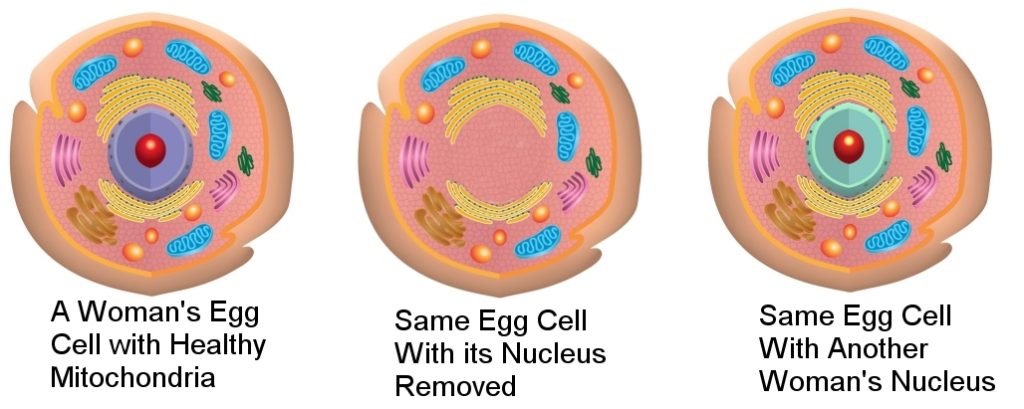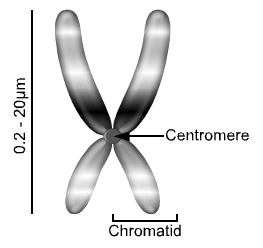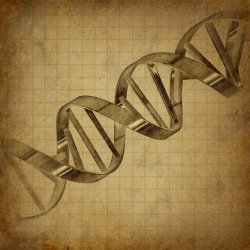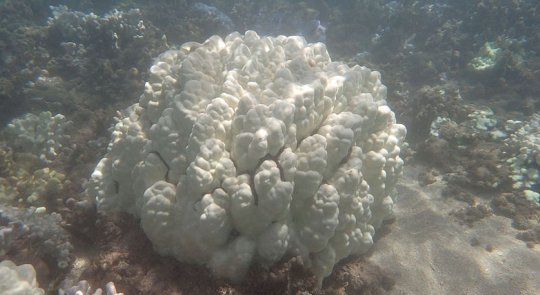
(click for credit)
Modern medicine can do a lot of amazing things these days. Diseases that used to be a death sentence are now not only treatable, but sometimes even curable. Because of the marvels of modern medicine, I have been able to benefit from the company and wisdom of my parents for many more years than I would have if I had been born but a generation ago. However, there are times I wonder whether we should be doing some of the things that modern medicine makes possible. An article I recently read in the journal Science brought that question to my mind once again.
The article describes the work of Dr. John Zhang, the medical director at New Hope Fertility Center in New York, New York. He was working with a couple who had lost two children to Leigh Syndrome, a rare genetic disease that affects the nervous system. While there are different forms of this disease, some of those forms are the result of the mother’s DNA alone. The father’s genes don’t play a role at all.
How is that possible? Most of the cells in your body hold DNA in two different places. The nucleus of the cell contains most of its DNA, which is called nuclear DNA. Half of that DNA comes from your mother, and the other half comes from your father. However, there is a small amount of DNA stored in the cell’s mitochondria, which produce most of the energy that the cell needs to survive. They are represented by the blue, peanut-shaped structures in the illustration at the top of the post. This DNA is called mitochondrial DNA, and you get it only from your mother. As a result, any genetic disease that is produced by mitochondrial DNA is inherited solely from your mother.
This fact allowed Dr. Zhang to produce a baby that is mostly the biological child of the couple with whom he was working, but the baby is also partly the child of a second woman, who served as a donor of healthy mitochondrial DNA.









